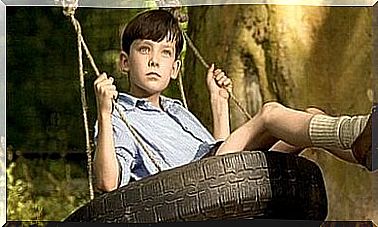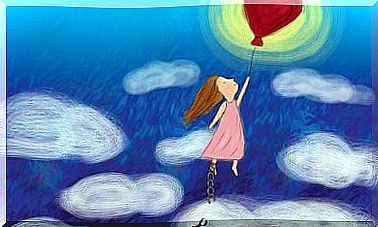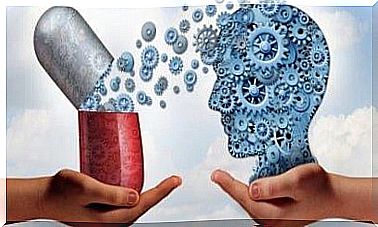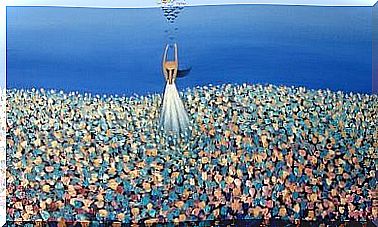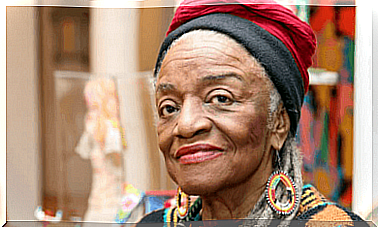A Baby’s Brain – What’s It Like In There?
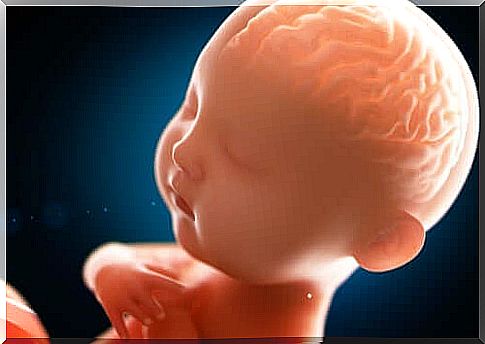
The brain has been described in many ways throughout history. Today, we know more about it thanks to technological advances that have enabled new scientific research. Ever wonder what a baby’s brain is like?
Is it the same as the brain of an adult or an older child? Surprisingly, this is a rather fascinating topic that scientists have recently begun to study.
Several authors throughout history believed that babies were only miniature adults and did not differ qualitatively. If you browse through history, you will even come across some “funny” ideas.
For example, Descartes believed that babies were trapped in the present, while William James claimed that their world was just a “buzzing confusion.”
Over time and after many philosophical, psychological and biological theories, our knowledge and reflection become more and more accurate and deeper. Therefore, in this article, we will try to better understand how a baby’s brain works. Also how and why it differs from an adult brain.
A baby’s brain according to neuroscience
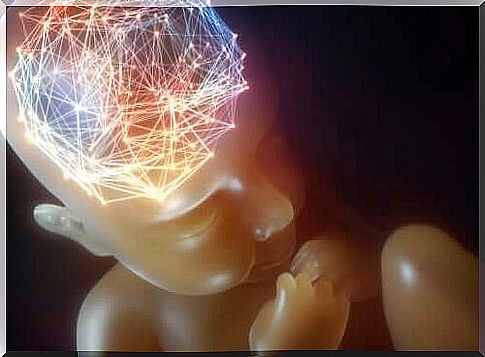
Current neuroscience has tools that allow us to emphasize or exclude hypotheses from the past. We know through techniques that measure their brain activity that babies can process information in a short time. Thus, they have the power to capture different sensations and give them a specific meaning.
This is how babies can detect unusual stimuli even when they are not focusing on something specific. This is a great and necessary aptitude for learning. In addition, the absence of bias leads to greater creative potential to attribute it to.
We now know that a baby’s brain has many more neurons than an adult’s brain. A process called neuronal pruning occurs as we develop, eliminating connections and neurons that are not useful to us.
After analyzing the connections of the regions of a baby’s cerebral cortex, scientists found that these have better connections than an adult brain, especially in regions devoted to executive functions.
This is quite fascinating because it could be exactly one of the phenomena that allows man to learn so much in the early stages of life. If so, our internal brain wiring would be a facilitating element.
Likewise, neurotransmitters are also important in a baby’s brain, just as they are in an adult’s brain. In this regard, its wondrous discharge would make babies less selective in filtering stimuli.
Myths about a baby’s brain
David Chamberlain, a California psychologist, has spent much of his life studying the brain of babies. His book, The Mind of Your Newborn Baby, even highlights the most prominent myths associated with a baby’s brain. Here are a few:
- Babies don’t feel. It may seem obvious that they do, but a few years ago, some people still didn’t believe they did. Some even thought anesthesia was not necessary for them. But babies have feelings, and they have that thanks in part to their central nervous system.
- A baby’s brain is underdeveloped. Thanks to research, we know that this is not the case. In fact, their brain has more neurons than most adult brains.
- They are unable to think. Of course, babies think too, even if they do it differently than an adult or a child.
- A newborn does not need its mother. On the contrary, they do need her, because she is their attachment figure; not just as a reference but as a source of love.
Perinatal psychology showed us the importance of baby relationships for their future development. Meanwhile, behaviorism focuses on how habituation and sensitization work. So thanks to these and other approaches, we now know that a baby has many features that were previously thought not to exist.
The development of a baby’s brain
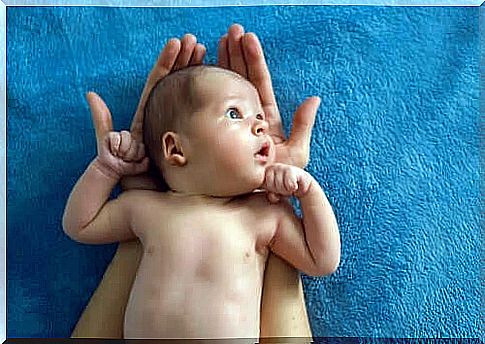
Babies change as they grow. We realize some changes while others go unnoticed because they are subtle or internal. For example, a child under two years old learns to manipulate objects through their senses.
In addition, they may begin to crawl, have greater access to language, and begin to develop attachments. So their brain will not be the same as that of a 3-year-old.
But why? Well, the thing is, a baby’s brain is constantly changing as he or she interacts with the environment. Thus, they establish new connections and remove the connections that are ineffective. They do this according to their stage of development.
Then there are the monthly differences in their brain level. Usually this depends on the biological factors of each child and the degree of interaction with his environment. Every milestone therefore contributes to the development of a baby.
For example, according to Ana María Caballero, author of the book Teachers Learn How Kids Experience the Arboretum , crawling promotes integration of the corpus callosum, a structure that unites both hemispheres of the brain. As a result, they develop:
- a crossed pattern
- a vestibular and proprioceptive system
- visual convergence and eye focus
- sense of touch
- future lateralization
- the ability to write in the future
Conclusion
Basically, a baby’s brain is really fascinating because it makes connections after every learning experience. One needs the other to develop optimally and, given the lack of prejudice, it still has the prodigious creative ability. However, there are still many questions to be answered and many questions we have not even formulated yet.

